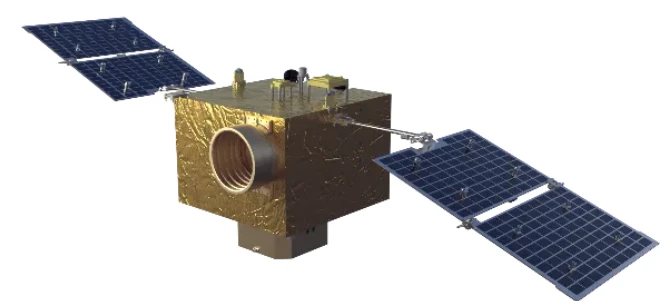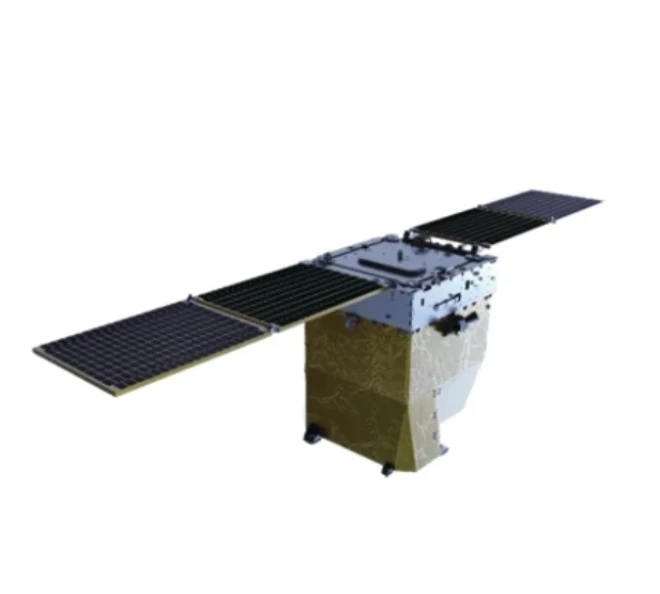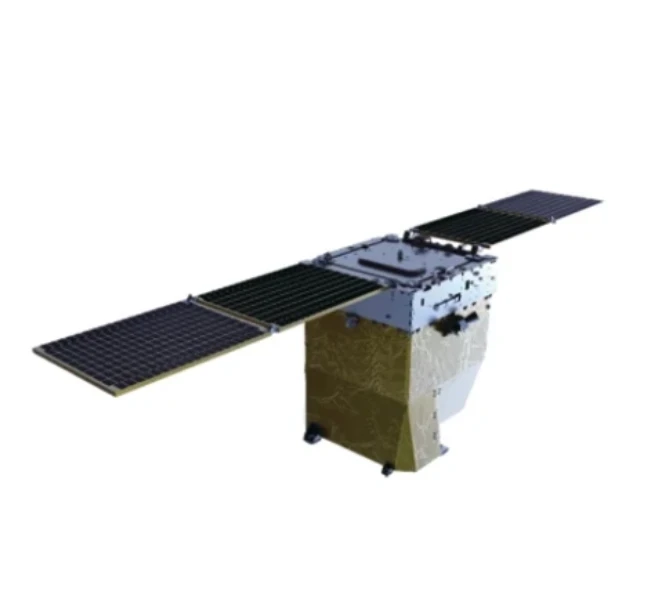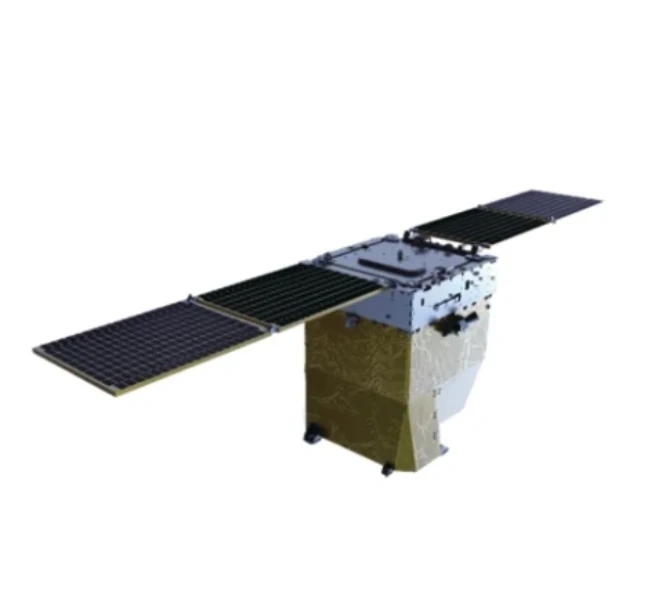
- африқоӣ
- албанӣ
- амхарӣ
- арабӣ
- арманӣ
- озарбойҷонӣ
- баскӣ
- белорус
- бангалӣ
- боснӣ
- булгорӣ
- каталонӣ
- Себуано
- Хитой
- Корсикӣ
- хорватӣ
- чех
- Дания
- Голландия
- англисӣ
- эсперанто
- эстонӣ
- финландӣ
- фаронсавӣ
- фризӣ
- галисия
- гурҷӣ
- олмонӣ
- юнонӣ
- Гуҷаратӣ
- Креоли Гаити
- Хауса
- ҳавайӣ
- ибрӣ
- Не
- Миао
- Венгрия
- исландӣ
- игбо
- Индонезия
- ирландӣ
- Италия
- Ҷопон
- ёвонӣ
- каннада
- қазоқӣ
- кхмер
- Руанда
- Корея
- курд
- киргиз
- Мехнат
- лотинӣ
- латыш
- литваӣ
- Люксембург
- македонӣ
- малагасий
- малайӣ
- малаялам
- малтаӣ
- маори
- маратҳӣ
- муғулӣ
- Мянмар
- непалӣ
- норвегӣ
- норвегӣ
- Окситан
- пашту
- форсӣ
- полякӣ
- португалӣ
- Панҷобӣ
- руминӣ
- русӣ
- самоа
- Гаэли Шотландия
- сербӣ
- англисӣ
- Шона
- Синдӣ
- Сингал
- словакӣ
- словенӣ
- Сомали
- испанӣ
- сунданӣ
- суахили
- шведӣ
- Тагалогӣ
- тоҷикӣ
- тамилӣ
- тоторӣ
- телугу
- тай
- туркӣ
- туркман
- украинӣ
- урду
- уйгур
- узбек
- Ветнами
- валсӣ
- Кӯмак
- идишӣ
- Ёруба
- Зулу
Advanced Antenna Technologies
A radio transmission antenna is a critical component in the field of telecommunications, responsible for transmitting and receiving radio signals. The functionality of a radio transmission antenna is vital for ensuring that communication systems operate smoothly, providing users with stable, reliable connections across long distances. From broadcasting towers to mobile communication devices, the role of these antennas is indispensable. As technology advances, radio transmission antennas are being designed to support higher frequencies and provide better range and coverage, which ultimately enhances the efficiency and capacity of communication systems. A radio transmission antenna can be designed for different applications, including satellite communication, Wi-Fi, and cellular networks, making it a versatile and essential technology for modern communication needs.
Broadband Microstrip Antenna
A broadband microstrip antenna is an advanced type of antenna that offers a wide frequency range, making it ideal for modern communication systems. Unlike traditional antennas, a broadband microstrip antenna can handle multiple frequencies without losing performance. This type of antenna is particularly useful in applications where flexibility in frequency bands is required, such as wireless communication systems, GPS, and radar systems. The design of a broadband microstrip antenna typically involves using advanced materials and specific configurations to minimize losses and maximize signal efficiency over a broad frequency spectrum. Due to their compact size and versatility, broadband microstrip antennas have gained significant popularity in consumer electronics, particularly in mobile phones and tablets. These antennas help ensure that devices maintain strong, reliable connections across a wide range of frequencies, improving overall performance.
Dual Band Microstrip Antenna
The dual band microstrip antenna is designed to operate at two distinct frequency bands, making it ideal for applications that require communication over multiple frequencies. This type of antenna is widely used in mobile communication systems, where two different frequency bands are needed for optimal performance. The dual band microstrip antenna allows for efficient transmission and reception of signals at both frequencies, ensuring that devices can maintain reliable connectivity even in crowded or congested frequency bands. The ability to use two bands simultaneously without interference is a key feature that distinguishes the dual band microstrip antenna from traditional single-band antennas. As demand for multi-band devices grows, the need for dual band microstrip antennas has become increasingly important in industries such as telecommunications, automotive, and aerospace, where multiple frequencies are often necessary to support various communication systems.
Microstrip Patch Antenna with Coaxial Feed HFSS
A microstrip patch antenna with coaxial feed HFSS is a specialized antenna design that combines the benefits of a microstrip patch antenna with the precision of HFSS (High Frequency Structure Simulator) for accurate modeling and simulation. This type of antenna is typically used in applications that require high-performance, low-profile antennas. The microstrip patch antenna with coaxial feed HFSS is particularly suited for wireless communication systems, satellite communications, and military applications, where the antenna's performance and reliability are of utmost importance. The coaxial feed design ensures that the antenna can efficiently transfer power to and from the antenna while maintaining optimal impedance matching. The use of HFSS in the design process allows engineers to simulate the antenna's performance and make adjustments before physical fabrication, ensuring that the final product meets the required specifications. This combination of design tools and innovative antenna features makes the microstrip patch antenna with coaxial feed HFSS a highly effective solution for modern communication needs.
Broadband Microstrip Antenna FAQs
What is the role of a radio transmission antenna in communication?
A radio transmission antenna plays a crucial role in enabling the transmission and reception of radio signals, ensuring that communication systems such as mobile phones, Wi-Fi, and satellite communication operate smoothly and effectively.
How does a broadband microstrip antenna differ from traditional antennas?
A broadband microstrip antenna is capable of operating over a wide range of frequencies, unlike traditional antennas that are typically designed for a specific frequency band. This makes the broadband microstrip antenna more versatile for modern communication systems that require multi-frequency support.
What are the benefits of a dual band microstrip antenna?
A dual band microstrip antenna allows devices to communicate efficiently over two different frequency bands. This capability is especially beneficial in applications where devices need to support multiple communication standards, such as in mobile phones and wireless networks.
Why is a microstrip patch antenna with coaxial feed HFSS important in design?
The microstrip patch antenna with coaxial feed HFSS provides precise simulations and modeling during the design phase, allowing engineers to optimize antenna performance before physical fabrication. This results in more accurate, high-performance antennas suited for specialized applications.
What types of devices use dual band microstrip antennas?
Dual band microstrip antennas are commonly used in mobile phones, wireless routers, GPS devices, and satellite communication systems, where multiple frequency bands are required for seamless connectivity and performance.











